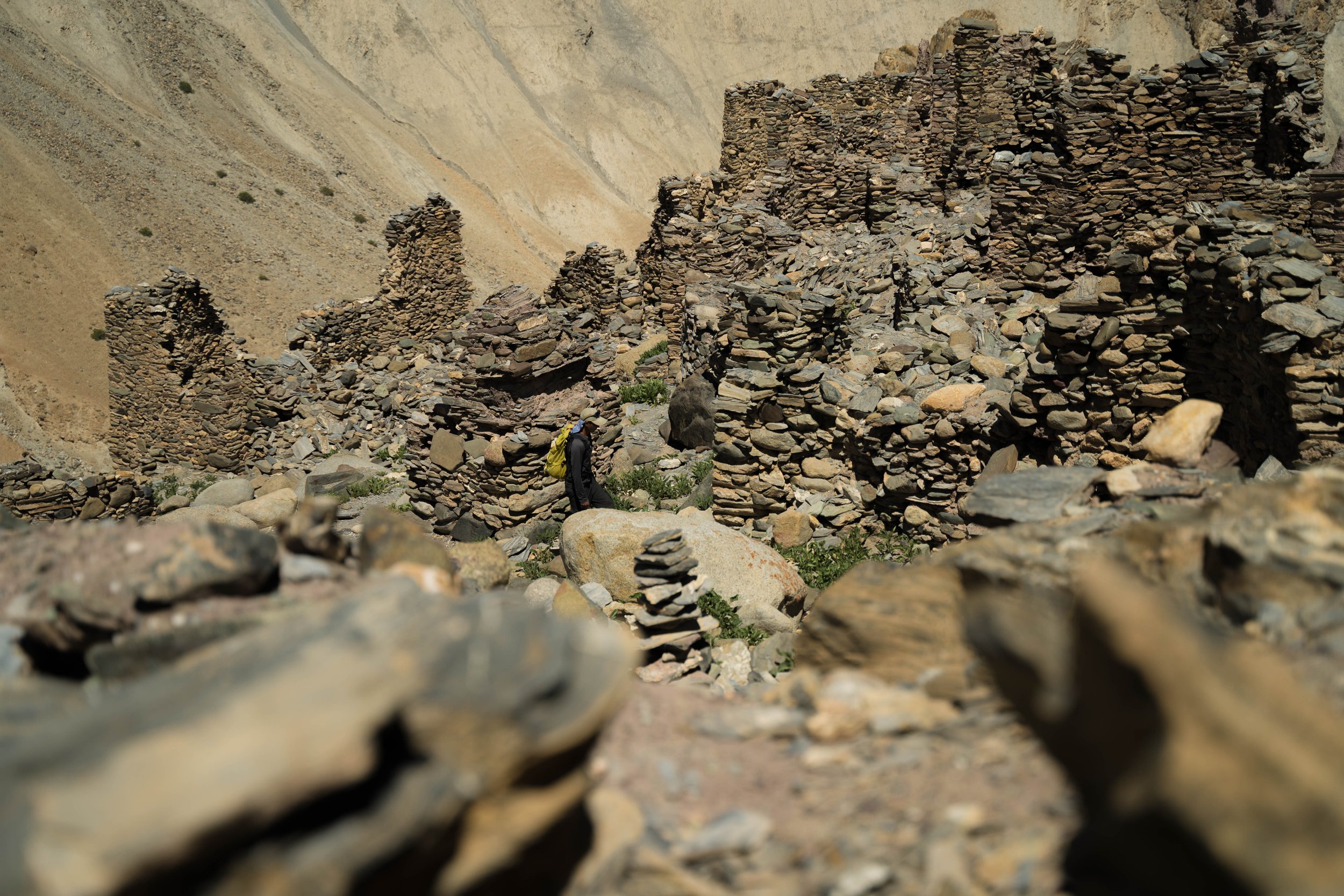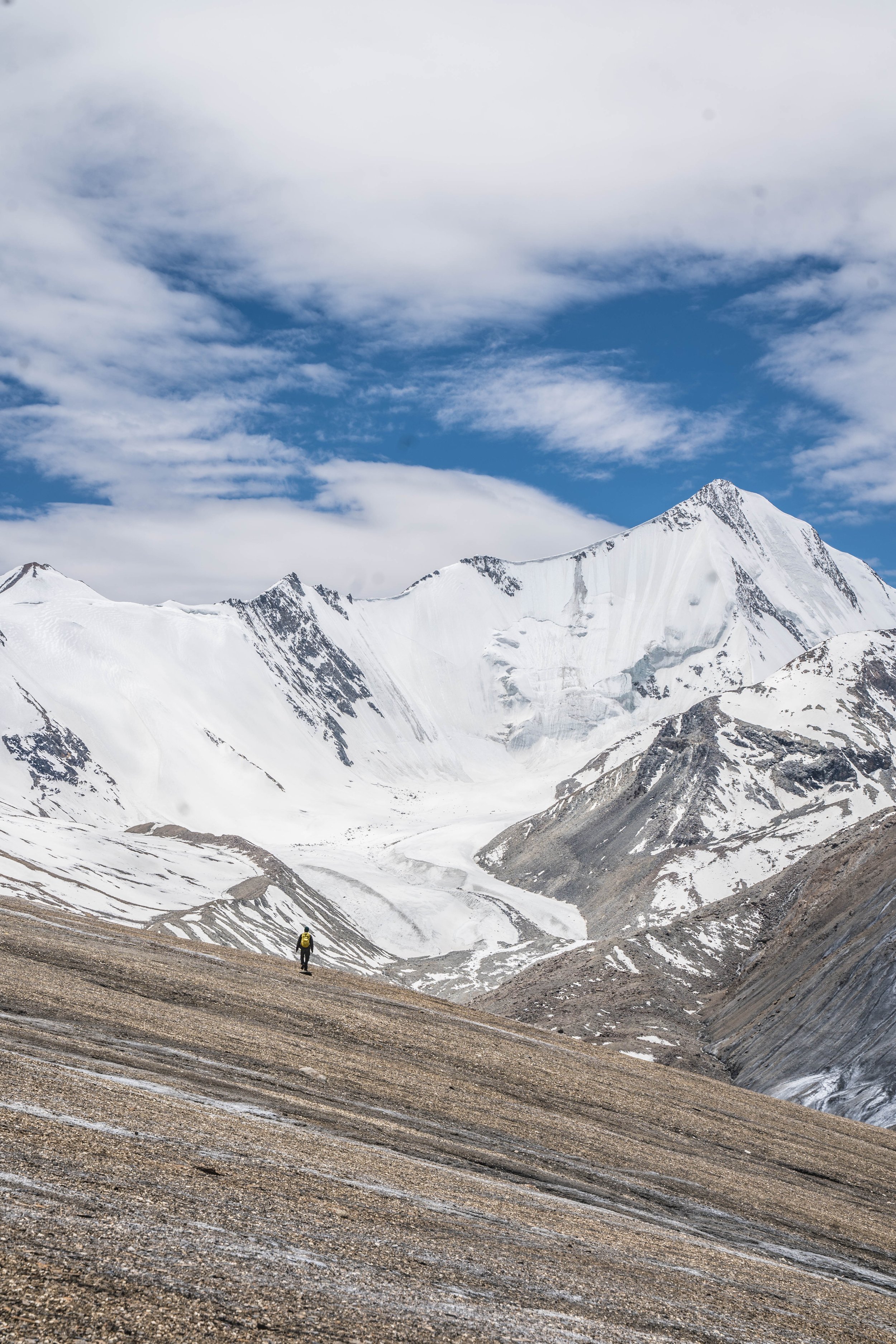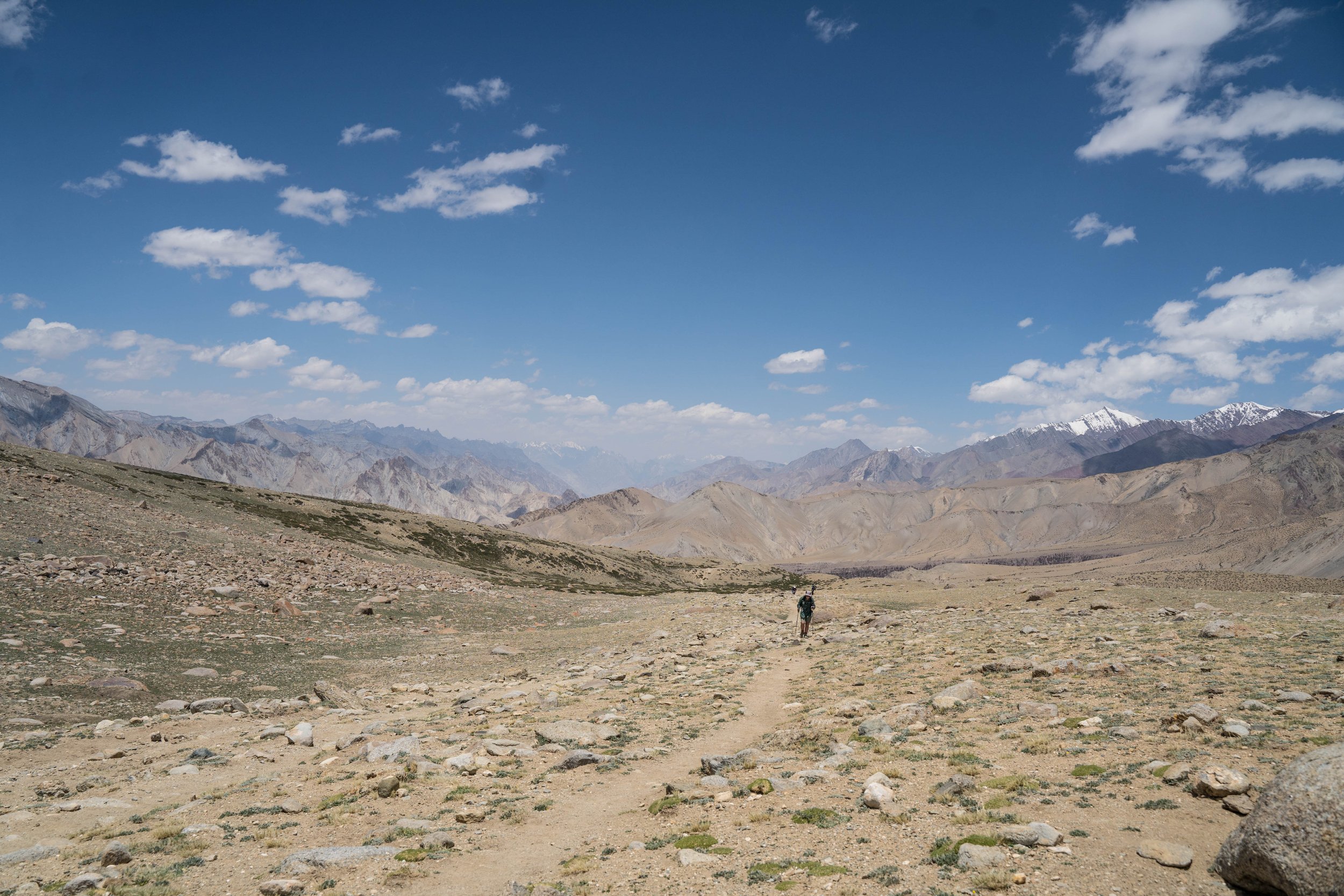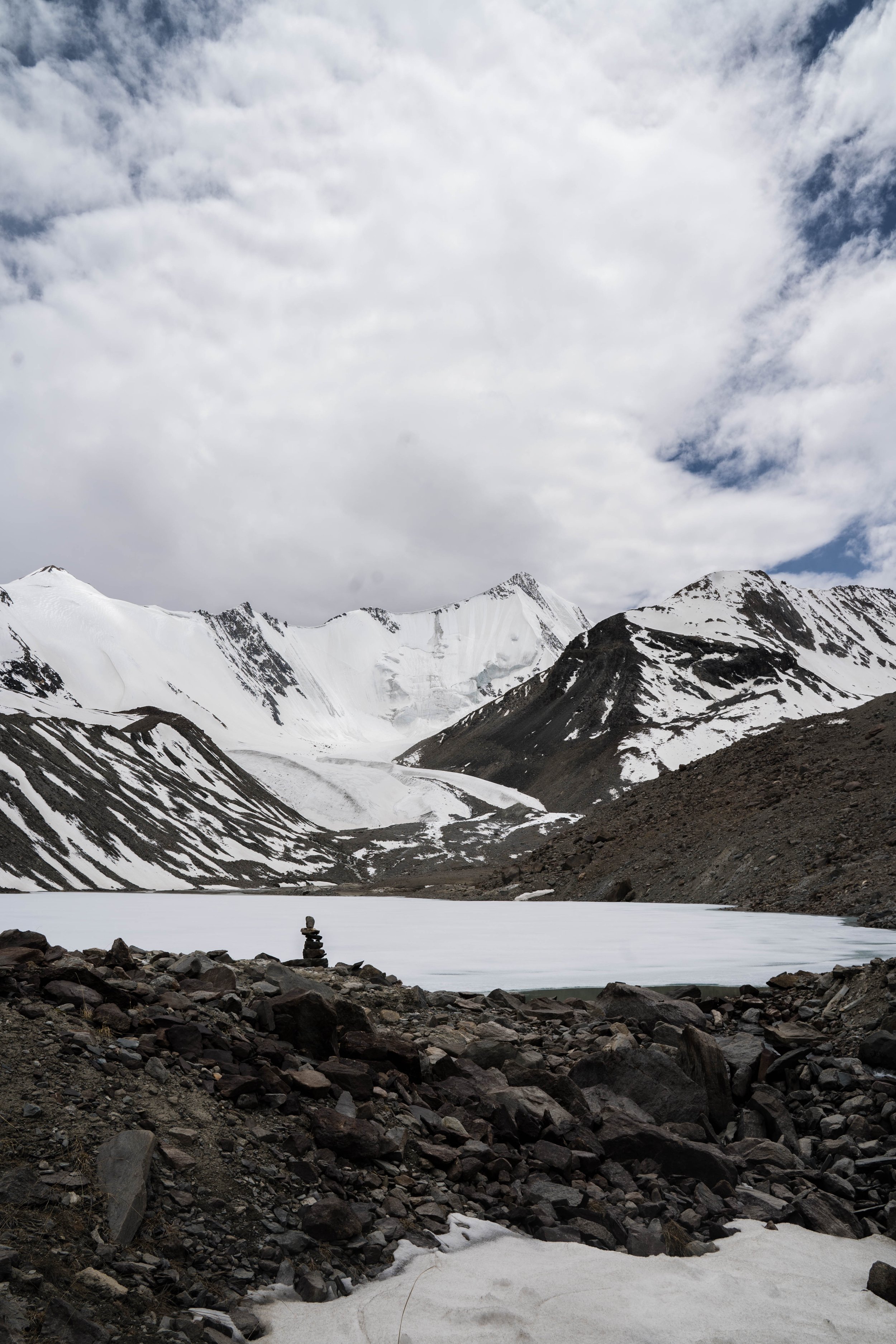Ladakh: where mountains meet moonscapes (and everything in between)
Trekking in Ladakh is full of contradictions. It is remote, but human presence and history is everywhere. It is barren and desert-like, but holds an abundance of life.
While trekking in Ladakh, it felt like one of the most remote places I’ve ever been. In other countries I am used to carrying a GPS device in case of emergencies. However, due to strict regulations, these are not permitted in India. We were aware that we were on our own and must take care of ourselves.
We walked for days without seeing any other humans. Yet at the same time, there are constant reminders of human presence. There are mani walls scattered all over the landscape, their prayers carved into slate rocks, angled to the heavens like solar panels.





On top of hills there are now-crumbling forts, blending in perfectly with the shapes of rocks and hoo-doos. Old shepherds’ huts dot the hillsides, now roofless and crumbling and there are occasional traps for snow leopards, wolves and foxes (though none were active).
The landscapes are vast. The rocky slopes are rugged and rubbly - their shingle, scree and boulders all somewhere along the process of falling into the valley below.
Despite it being primarily rocks, the colours of the landscape made me question everything I know about rocks. Some are grey and boring - but many give the landscape vivid colours - purples, pinks, greens, whites. And other inspire the imagination with their weird and wonderful shapes - dragon spines, faces, a thumbs up, a stupa, fort-like structures.
At first, it seems completely barren. Then, something moves and I realise there is an abundance of life hidden between the rocks.
It is incredibly dry - my lips chapped and we easily got dehydrated under the glaring sun. But at the same time there was copious amounts of water - snow melt from the mountains surrounding us.


Even so, the water was mostly unusable because as it raged down from the heights above, it picked up so much sediment that the valley rivers were opaque and muddy. We camp near freshwater springs or small side streams each night, chosen by our horsemen.
As for the trekking itself - we had short, relatively easy days (in terms of kilometres walked). And even better, we didn’t need to carry large amounts of heavy gear for camping, because our lovely train of horses carried most of the load. At the same time, the high altitude often made the going tough, especially high passes over 5,000m!






Despite feeling the thin air, it was definitely worth the exertion to see the landscapes in front of us. They were so vast, so rugged, so multicoloured, and so perfect I often felt they must be painted - because they were too beautiful to possibly be real!
It’s not unusual to feel this once or twice during a trek, but multiple times a day is rare. Ladakh truly is a special place to walk through.

